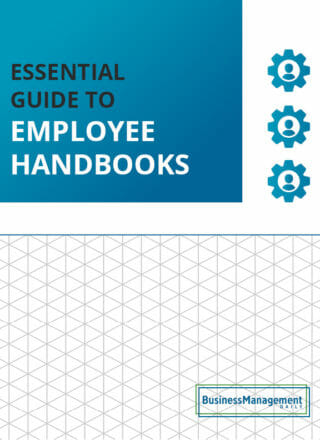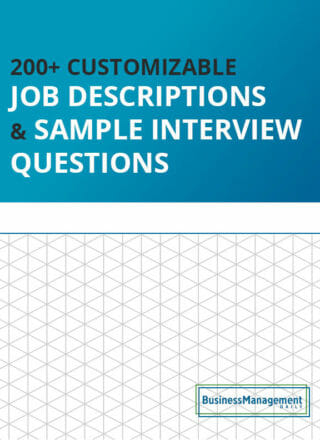The hidden rules of writing job ads that actually work
 According to hiring expert Steven Smith, most organizations still use outdated job-posting strategies that severely limit their candidate pool. Smith, author of The Hiring Tree: Laws of Applicant Attraction, spoke at the 2024 HR Specialist Summit in September. While companies pour more money into recruitment and make minor tweaks to their approach, Smith says they’re missing fundamental shifts in how online job boards and candidates alike operate in today’s digital landscape.
According to hiring expert Steven Smith, most organizations still use outdated job-posting strategies that severely limit their candidate pool. Smith, author of The Hiring Tree: Laws of Applicant Attraction, spoke at the 2024 HR Specialist Summit in September. While companies pour more money into recruitment and make minor tweaks to their approach, Smith says they’re missing fundamental shifts in how online job boards and candidates alike operate in today’s digital landscape.
The recruiter’s mindset
Employers’ first mistake: Using job descriptions as job advertisements. Smith says more than 80% of employers simply copy and paste their internal job descriptions into online posting platforms, failing to recognize that modern job boards operate more like search engines than traditional classified ads.
Recruiting is marketing, Smith emphasizes.
Optimize for search algorithms
Most recruiters focus their energy on trying to impress candidates. However, at the initial impression stage, they should actually be focusing on impressing the algorithm.
Job board algorithms determine whether your posting appears on the first page of search results. That means search-engine optimization—or SEO—is crucial. This starts with the job title itself, which should follow a few key rules:
- Keep it to six words maximum
- Avoid acronyms
- Skip clickbait phrases like “Immediate opening!” or “Work for us now!”
The content within the posting needs to follow specific parameters to maximize visibility. Keywords related to the job should appear in the text—enough to register as relevant to search algorithms but not so much that it triggers penalties for “keyword stuffing.” For a 500-word job ad, a term like “registered nurse” should appear five to 10 times.
Ad length matters, and shorter is better. Data shows that postings between 500 and 700 words see a 20-30% drop in applicants; those exceeding 700 words lose half their potential candidates. The sweet spot lies between 300 and 500 words, with 90% of the content focusing on what the employee will actually do, rather than an exhaustive list of responsibilities.
Address candidate expectations
Smith said today’s job seekers also expect transparency about three key elements: schedule, pay and benefits.
- Schedule: Applicants expect to learn when and where they will work. If you offer flexible work arrangements, be sure to mention that.
- Pay: Job boards now prioritize listings that include salary information. Some platforms even auto-generate salary estimates for posts that don’t provide that detail.
- Benefits: Rather than listing every benefit in bullet-point form, Smith recommends highlighting the perks current employees value most.
In fact, overusing bullet points makes postings look too much like internal job descriptions. Limit each section to three to five bullet points at the most, even for technical roles. Similarly, listing too many skill and experience preferences can deter qualified candidates who might not meet every desired qualification but who might be great fits anyway.
Maintain visibility
To maintain visibility on job boards, Smith says employers should maintain three distinct versions of each job posting, rotating them every 30 days. Each version needs to be at least 75% different from the others. Simply reposting the same content can actually harm visibility in search results.
Some traditional elements of job postings may need rethinking. For instance, background checks and drug screening may be important to employers. However, mentioning them in an initial posting can unnecessarily limit the candidate pool. Those requirements can be addressed with applicants later in the hiring process.
Even small details matter in today’s hiring landscape. Smith points out that 28% of job seekers between 16 and 24 years old misinterpret common industry acronyms—for example, reading “DOE” (depending on experience) as simply meaning “dough.” It’s important to use clear, accessible language that resonates with your target pool of candidates.
By treating job postings as marketing documents rather than internal descriptions and following these optimization rules, employers can significantly improve their visibility on job boards and attract more qualified candidates without necessarily spending more on recruitment.






